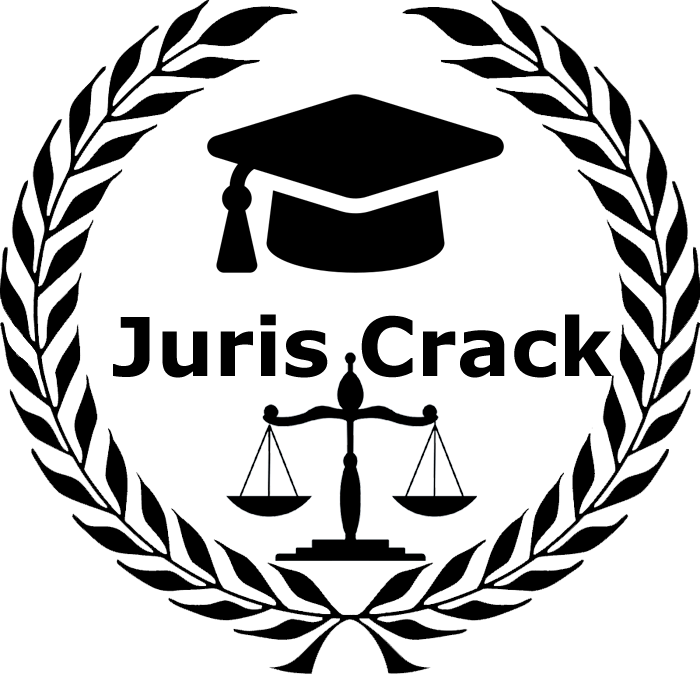Understanding Section – 8 of Evidence Act – Motive, preparation and previous or subsequent conduct , helps us to corroborate relevant facts when the case is entirely based upon circumstantial evidence.

Section – 8 of Evidence Act – Motive, preparation and previous or subsequent conduct
-

Section – 8 of Evidence Act – Motive, preparation and previous or subsequent conduct
There is hardly any action without a motive and it is said that an action without a motive would be an effect without a cause.
- Motive is always relevant , so preparation is also relevant
- Preparation is an instances of previous conduct of the party which influences the facts in issue or relevant facts .
- Evidence of Motive and Preparation assumes great significance when a case depends upon circumstantial evidence only .
Motive
- In the case of Gangaram v. Emp , the Court held that the Motive is that which moves or induces a person to act in a certain way.
- Salmond describes motive as ” the ulterior intent”. It may be good or bad.
- Motive means “a reason for doing something” so we can say that, the reason behind the act or conduct or an act to be achieved in doing an act is motive. The motive in itself is not an incriminating circumstance and cannot be used in place of proof.
- Kundula Bala Subrahmanyam And Anr vs State Of Andhra Pradesh on 26 March, 1993
- In this case, the son-in-law before his marriage demanded a piece of land from the father of the girl. The connivance of the mother-in-law was also there before this demand. The marriage took place but the father in law refused to transfer the property in the name of the accused and wanted to give it to the daughter. That infuriated the accused and crime was committed. Therefore, it was held that there was a strong motive for the accused to commit the crime.
- This explains why the Supreme Court held in State of UP v Babu Ram, AIR 2000 SC 1735 that motive is relevant factor in all criminal cases whether based on testimony of eye witnesses or circumstantial evidence.
- In a recent landmark case titled Bhagwan Das v State (NCT) of Delhi, AIR 2011 SC 3690, which is a case of an honour killing where the accused father had killed his daughter, the motive of saving the family honour was held by the Supreme Court to be relevant.
- Similarly, in another recent case – Chunni Lal v State of Uttar Pradesh, AIR 2010 SC 2467, it was held by the Supreme Court that motive of taking step to seek revenge and taking away the property of the deceased was sufficient to convict the accused.
Motive is not a sine qua non for the success of Prosecution Case
- It is not mandatory that motive must exist to prove a criminal act nor is it mandatory that motive must be proved before a criminal act is presumed.
- In the case of Yunis alias Kariya v State of Madhya Pradesh , AIR 2003 SC 539 , it was held by the Supreme Court that ocular evidence ( eye witness ) is very clear and continuing . Role of the accused person in time stands established . Failure to prove motive for the crime has no consequence .
- Similarly in Anil Yadav v State of Bihar , 1992 ( 1 ) Crimes 282 , it was held that motive is not a sine qua non for the success of prosecution case if the evidence is convincing and not open to reasonable doubt .
- Also , in Thaman Kumar v State of Union Territory of Chandigarh , AIR 2003 SC 3975 , it was held by the Supreme Court that , “Where the ocular evidence is found to be trustworthy and reliable and finds corroboration from medical evidence , the accused can be safely convicted even if the motive for the commission of the crime has not been proved.”
Preparation
- Preparation consists in arranging the means necessary for the commission of a crime. Every crime is necessarily preceded by preparation.
- The Supreme Court of India in the case of Union of India & others Vs Formulators Association of India, 2002 8 SCC 410 interpreted the word “Preparation” not only as of the action or process of preparing the components to produce the compound, but also that which it is prepared
- Preparation itself is not punishable unless and until it is carried out or executed. But there are certain crimes where preparation itself is punishable .
- As for instance , Section 122 of the IPC punishes the collecting of arms etc with intention of waging war against the Government of India . It very clearly says that ,
- “Whoever collects men , arms or ammunition or otherwise prepares to wage war with the intention of either waging or being prepared to wage war against the Government of India , shall be punished with imprisonment for life or imprisonment of either description for a term not exceeding ten years and shall also be liable to fine.”

Section – 8 of Evidence Act – Motive, preparation and previous or subsequent conduct
- Appu Alias Ayyanar Padayachi vs State on 30 July, 1970
‘ This was a case of burglary. Here the 4 accused conducted a meeting to make arrangements for the crime. A bar made of iron and a pair of pincers were necessary and these were brought by the accused of the case. And these facts were admitted as they showed the preparation on the part of the accused. The preparation showed clearly that an intention to commit the offence of burglary was framed and that intention remained in the minds of the accused until they were grabbing any opportunity to put the preparation into the execution of the crime.’
MOHAN LAL VS. EMPEROR is also a landmark case on preparation Under Section – 8 of IEA 1872
Conduct
- The conduct is the expression in outward behavior of the quality or conduct operating to produce those effects.
- The 2nd paragraph of section 8 of The Indian Evidence Act, 1872 talks about the significance of the conduct. Conduct is different from the character because Conduct is what a person is in the estimation of the others. Therefore, conduct to become relevant under section 8 of IEA need not become simultaneous or spontaneous, i.e. to say with that particular incident that happened.
- The court has to take into account most seriously both the previous and subsequent conduct of the accused before drawing any conclusion regarding the guilt or innocence of the accused and very rightly so . It is by analyzing carefully the conduct of the accused both previous and subsequent that the court draws its own logical inference.
- In RM Malkani v State of Maharashtra , AIR 1973 SC 157, conversation over telephone for settling details for passing bribe-money was recorded by secret instruments. This was held by Apex Court to be evidence of conduct. The Court cited from R v Leatham , ( 1861 ) 8 Cox CC 198 wherein it was held that, “It matters not how you get it, if you steal it even, it would be admissible in evidence.”
- In the case of Khalil Khan v State of MP, AIR 2003 SC 4670, the fact that the accused involved in a serious crime like murder would still be wearing blood-stained clothes even four days after the incident, was held by the Supreme Court to be opposed to normal human conduct. Hence, it is extremely difficult to believe in the guilt of such a person. The subsequent conduct of the accused in still roaming around in blood-stained clothes even four days after the murder raises serious questions about his being involved in murder because no murderer will exhibit such a strange conduct and will run away and promptly wash off or throw away his blood-stained clothes at the earliest which we don’t see happening in this case
- n Aghnoo Nagesia v Bihar, AIR 1966 SC 119, it was held by Apex Court that the filing of an FIR by the accused to divert attention of the police from himself is relevant under Section 8 .
- Similarly in Krishna Ghosh v West Bengal, AIR 2009 SC 2279 at p. 2282 para 15, the Supreme Court held that, “The fact that the accused is trying to flee from justice or abscond is also relevant as an inculpatory fact.
- Also, in Ramesh Kumar v State, 2010 CrLJ 85, it was held that the fact that the accused set up a false plea of alibi is relevant under Section 8 as conduct to shield himself.









No comment